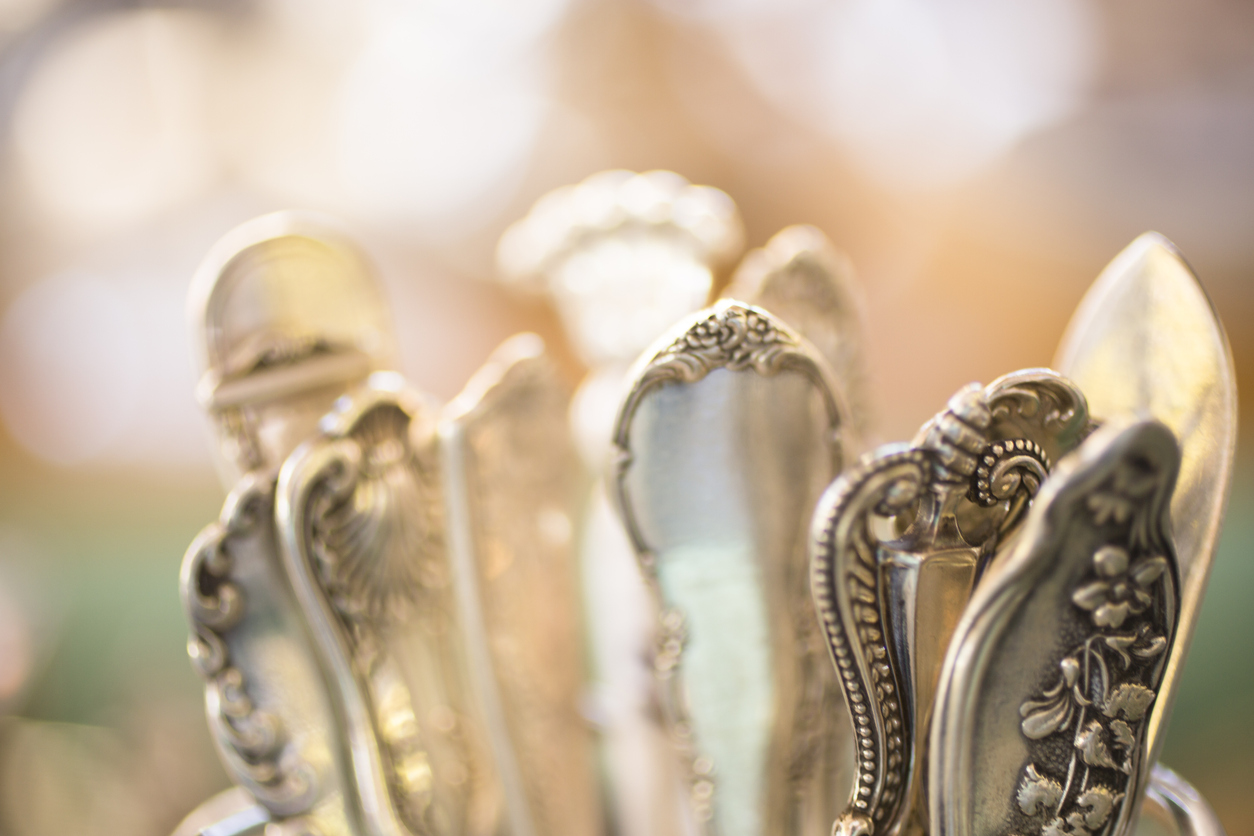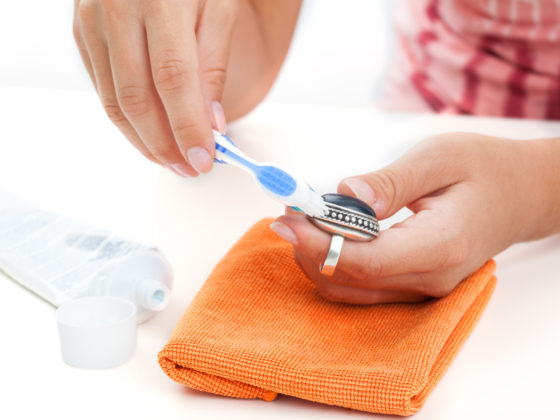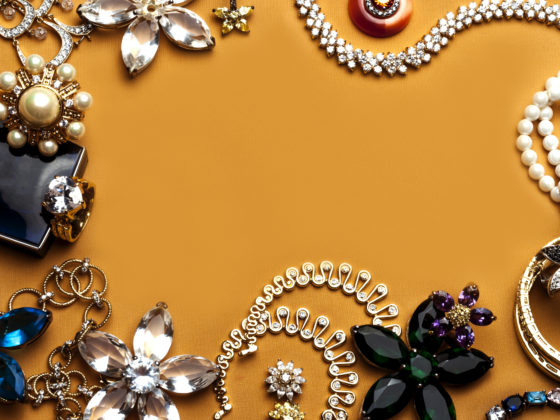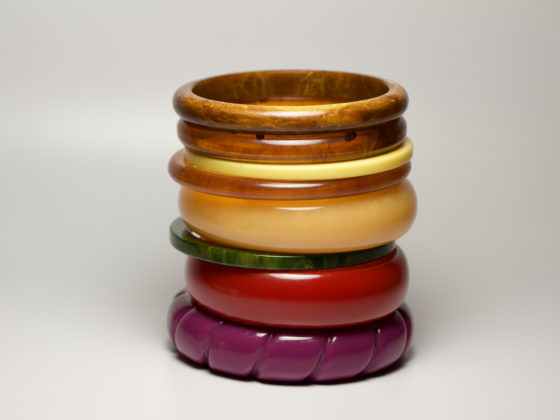 In days gone by, many families had two sets of utensils. There was the everyday flatware, and then they had special silver flatware and serving pieces that were brought out for holidays and special occasions. Family silver was often passed down through generations, but had lost popularity in recent decades. Whether it’s the understated glamour of Downton Abbey or merely a move back to classic styles and away from disposable culture, silver is making a comeback.
In days gone by, many families had two sets of utensils. There was the everyday flatware, and then they had special silver flatware and serving pieces that were brought out for holidays and special occasions. Family silver was often passed down through generations, but had lost popularity in recent decades. Whether it’s the understated glamour of Downton Abbey or merely a move back to classic styles and away from disposable culture, silver is making a comeback.
Types
When we think of value, we mostly think of sterling silver. It is 92.5 percent pure and 7.5 percent other metals to give it strength and durability. This beautiful precious metal in its pure form is easily bent and misshapen, so it is used only for special coins and ingots. Nickel silver (aka German silver) is an alloy of zinc and copper, and is only silver in color. Silver plate, around since the 1700s, indicates something made with an inexpensive metal and coated in a very thin layer of actual silver.
Identifying Silver
Knowing how to identify the type of silver a piece is made of can put you well on the road to determining its value. This vital detail can also reveal where the item was made, when it was crafted, and by whom. Gaining these insights is important, especially for high-end pieces.
What are Hallmarks?
Hallmarks are punched images, letters and numbers added to a less-visible part of a finished piece to identify the its purity and the details of its making. British hallmarks are by far the most detailed, but most countries have a system of marks. Silver plate pieces were also hallmarked in many countries. An encyclopedia of silver hallmarks will prove very useful.
Common Silver Antiques and Makers
Some of the most common silver and silver plate found in antique stores include:
- Flatware & Serving Ware – Perhaps the most common find, popular makers include Tiffany, Rogers, Gorham and Towle. There’s a pattern out there for everyone!
- Tea Service & Trays – A complete tea service set usually comes with a tray, teapot, and creamer and sugar bowl. Makers include Reed & Barton, Tiffany and Rogers.
- Vanity Items – Vanity sets, trinket boxes, razors and other personal items were often made of silver or silver plate. Common brands were Gorham, Webster and Godinger.
- Jewelry – Jewelry, especially from the Art Nouveau period onward, is a popular and elegant find.
In general, the older and more pure a piece is, the more it will be worth.
Caring for Your Pieces
Ignore the complainers, silver really is pretty easy to care for. As it ages, unless it has been lacquered (coated with a thin protective layer), silver will both develop a patina and tarnish. Patina adds a rich, beautiful color and depth that makes you love your piece even more.
Tarnish, on the other hand, is a chemical process like rust on iron-based metals, that builds up over time. Don’t use anything abrasive and damaging like toothpaste or baking soda. Instead, remove tarnish with a soft cloth and a high-quality silver polish. Then, wash with a gentle dish soap and warm water, and carefully dry each piece with a soft cloth.
Unless you have very valuable pieces, the best way to keep them from tarnishing again is simply to use them! Make every day a special day at the table. Silver doesn’t have to be an untouched heirloom. Find your perfect piece on your next trip to Gaslight Antiques.


